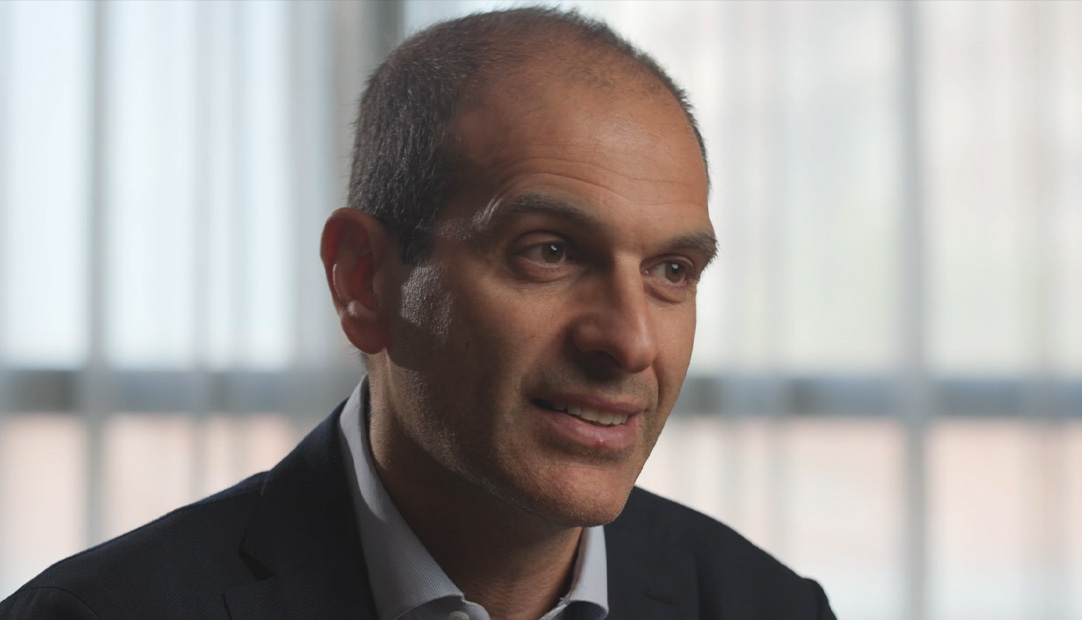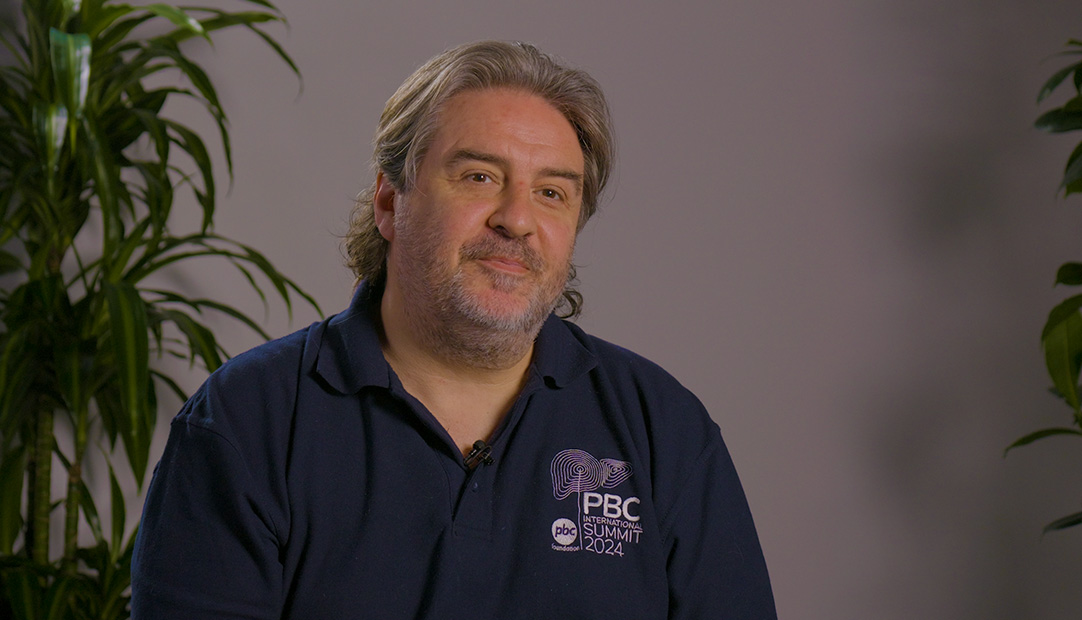Progressive Familial Intrahepatic Cholestasis (PFIC): Liver experts discuss early diagnosis and management

Progressive Familial Intrahepatic Cholestasis (PFIC) is a rare liver disease that can pose significant challenges, particularly in young children1, but the good news is that there are growing opportunities to manage the disease, slow its progression and improve outcomes.
A new standard of care for diagnosing and managing PFIC was enthusiastically discussed by leading liver experts at this year’s European Society for Paediatric Gastroenterology, Hepatology and Nutrition (ESPGHAN) Congress in May.
PFIC represents a spectrum of genetic disorders that cause a build-up of bile in the liver and can be particularly aggressive in babies and infants. If left untreated, PFIC can lead to end-stage liver failure and necessitate a liver transplant.1,2 Pruritus (intolerable itching), is the most burdensome symptom of PFIC and, in some cases, can be so severe that it leads to skin mutilation, loss of sleep, irritability, poor attention, and impaired school performance.1
PFIC is a progressive condition, where damage to the liver can continue without effective management, so early diagnosis and management are vital.4,5 We spoke to an Associate Professor of the Paediatric and Liver Unit at Anna Meyer Children’s University-Hospital, Dr Indolfi, who highlighted that: “We have the numbers saying that a good number of these children with PFIC could have a worse outcome, but early diagnosis, early treatment, early management of this disease can of course improve the long-term natural history of the disease.” You can find out more about PFIC symptoms and the importance of early treatment by viewing the full film here.
Throughout ESPGHAN, the liver experts reinforced that any children presenting with symptoms, such as jaundice, severe itching, failure to thrive, and irritability should raise suspicions of PFIC to avoid unnecessary delays in diagnosis. A quick referral should follow these suspicions so treatment can be initiated as soon as possible, with a focus on improving clinical symptoms and slowing disease progression to delay the need for liver transplantation.
While PFIC is commonly associated with children, it can also appear in adults. For one form of PFIC, symptoms often mimic other diseases that affect the flow of bile through the liver, making it difficult to initially diagnose.6 Therefore, it’s important to consider PFIC when looking into cholestatic conditions because it can easily go unnoticed.
If you recognize any of these signs or symptoms, speak to your doctor as soon as possible. Early detection and management can make a significant difference in the course of PFIC. For more information, visit the PFIC Network website.
.
References
- Baker A, et al. Systematic review of progressive familial intrahepatic cholestasis. Clin Res Hepatol Gastroenterol. 2019. 43:20-36.
- Mighiu C, et al. Impact of progressive familial intrahepatic cholestasis on caregivers: caregiver-reported outcomes from the multinational PICTURE study. Orphanet J. Rare Dis. 2022. 17:1-9.
- Folmer DE, et al. Differential effects of progressive familial intrahepatic cholestasis type 1 and benign recurrent intrahepatic cholestasis type 1 mutations on canalicular localization of ATP8B1. Hepatol (Baltimore, Md.). 2009. 50(5), 1597–1605.
- Jones-Hughes T, et al. Epidemiology and burden of progressive familial intrahepatic cholestasis: a systematic review. Orphanet J. Rare Dis. 2021.16(1), 255.
- McKiernan P, et al. Opinion paper on the diagnosis and treatment of progressive familial intrahepatic cholestasis. JHEP Rep. 2023. 6(1),100949.
- Srivastava A. Progressive familial intrahepatic cholestasis. JCEH. 2014. 4(1), 25–36.










